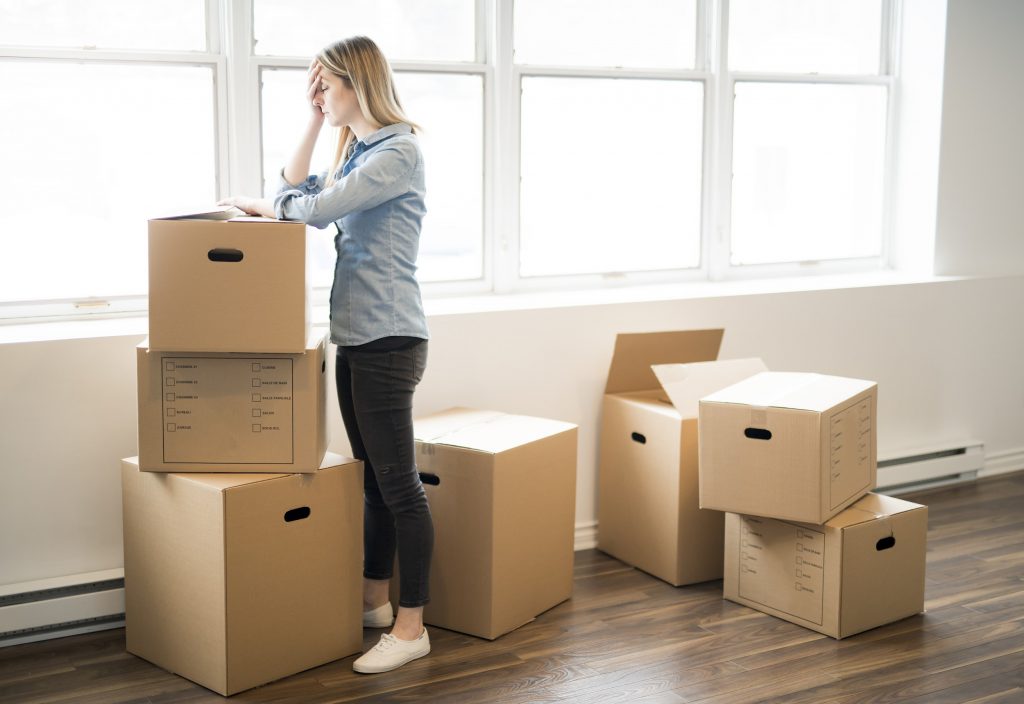
There are just a few days left and you are preparing to move to your new place. As you take a moment to glance around your home, your mind begins to recall the memories you made in the place. You don’t want to leave scratches or damages as you make your departure. How do you prepare?
As the old saying goes, “An ounce of prevention is worth a pound of cure.”
It’s a good idea to prepare ahead of time to avoid damages during your move.
Professional movers have seen unnecessary damages to furniture due to unsupervised moves by the homeowners. You don’t want to compromise your plasma TV or your most valuable appliances. Scuffs to your belongings will greatly leave a mark and surely disrupt your mind. No one wants those unfortunates to happen – here are a few tips movers use to have a safe and damage-free move.
The Preventive Measures:
- Precautionary Measures with Breakables
To ensure your most delicate items arrive in your new home the same way they left, make use of the proper supplies. Start by wrapping breakables in plenty of paper or bubble wrap. Consider using a double-wall dish box and dish partition kit to ensure dishes stay properly positioned during the move. Make sure to remove bulbs before packing lamps and consider using a specially designed lamp box for expensive fixtures.
- Construct and Pack Boxes Better
Boxes are not equally made. (Wrightway Movers can supply special moving grade boxes). Without a strong and properly constructed box, all your items could end up in the trash. Try to pack boxes with plenty of quality packing tape to avoid broken boxes and extra work. Tape the center seam twice and tape once along the bottom edges where the flaps fold in. The tape should extend four to six inches up the side of the box. To avoid overpacking boxes, it’s best to pack heavy items in smaller boxes and lighter items in larger boxes.
- Secure your Furniture well
Moving day presents plenty of opportunities to ding your new washing machine or put dirt all over your white mattress. Sheathe your expensive furniture with blankets and pads to shield against scratches, scuffs, and dents. To ensure they stay put during transport, consider putting stretch-wrap around the blankets, or use pre-shaped furniture protectors for a perfect fit around loveseats, refrigerators, and more.
- Be Aware of Your Load and Save your Cargo
Make sure that you load your boxes and furniture safely and smartly. This means loading larger and heavier items first to avoid crushing. Despite the distance you’re relocating, you’re probably going to run into some bumps, potholes, and sudden stops. Secure any items that could shift around or blow away with bungee cords or tie-down straps.
Moving to your new place can be a special day – so don’t let any mishaps hinder the moment. Follow the above steps when packing your belongings, or hire a professional moving company. Wrightway Movers doesn’t just aim to provide a quality and responsive business; we make sure that all your belongings are in safe hands.


